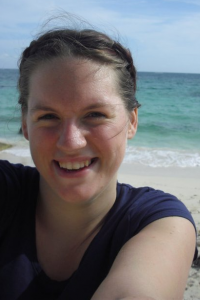 James Hickey is a PhD student in the School of Earth Sciences at the University of Bristol. A geophysicist and volcanologist by trade, his PhD project is focussed on attempting to place constraints on volcanic unrest using integrated geodetic modelling.
James Hickey is a PhD student in the School of Earth Sciences at the University of Bristol. A geophysicist and volcanologist by trade, his PhD project is focussed on attempting to place constraints on volcanic unrest using integrated geodetic modelling.
The newly discovered submarine Tamu Massif (pictured below), approximately 1500 km east of Japan, has been proposed as the world’s largest volcano. At ~450 km x 650 km it dwarfs Mauna Loa of Hawaii by a factor of 50 in its spatial extent, and is comparable in size to Olympus Mons on Mars (as well as the United Kingdom!).

The seismically-imaged Tamu Massif. Image credit: BBC News.
What marks this volcano out as being so special is that rather than consisting of a group of individual volcanoes, it is believed to be one single system. Seismic studies have shown the layers of lava that build up the giant volcano all originate from one single vent. They then slope outwards from the centre to form a very broad shield-like massif.
Samples taken on the volcano by the Integrated Ocean Drilling Program show very little chemical variability and indicate an age of ~145 million years. At this time, Tamu Massif is believed to have formed at a triple junction between three tectonic plates. But quite how so much lava managed to make its way through the crust in potentially one prolonged event remains unclear. Equally intriguing is the prospect of more of these structures existing – now we have unearthed one from its hiding place, maybe many more will follow…






